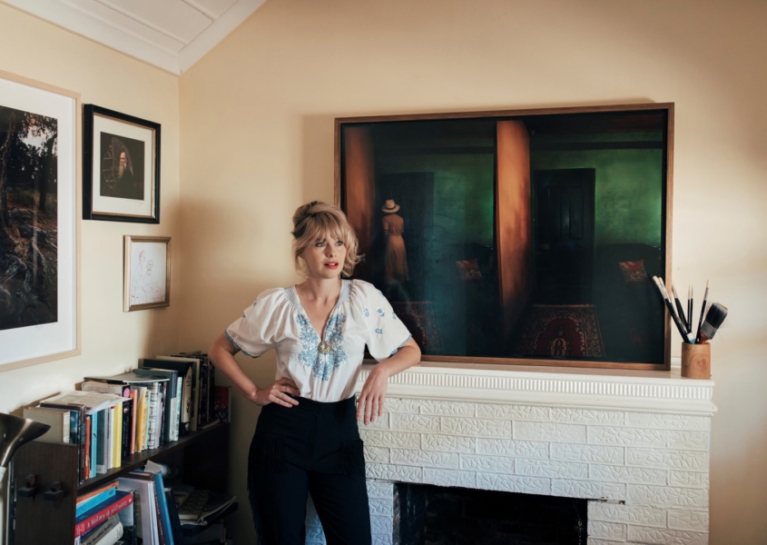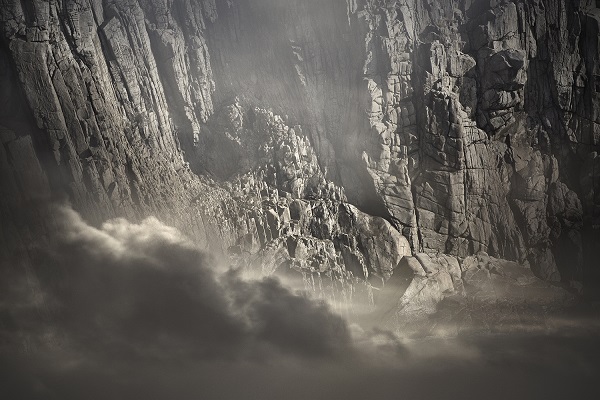- No products in the cart.
Hilary Finch

Hilary Finch’s artworks are imbued with a powerful monumentality and dreamlike quality. The artist composes her photographic works from single and composite images built over time. Atmospheric conditions are layered with geological formations and monolithic archaeological remnants to evoke enigmatic terrains, where memory and imagination, past and future coalesce.
The artist’s distinctive use of the photographic medium is underpinned by traditional techniques famously employed by such artists as Gustave Le Gray, who around 1850 was using pictorial construction with multiple negatives. Le Gray made montages in the darkroom where two or more images were exposed on the same piece of paper to create a harmonious image.
Hilary carries this tradition into the present day, advancing the photographic medium away from prescribed ideas of documentary ‘truth’ and towards a described inner reality and a psychological evocation of landscape.
The artist’s emancipated use of photography harnesses and subverts the temporal tension inherent in the medium by using layers of imagery containing different temporal realities. These images sit outside of a temporal moment whilst reflecting deeply on it, and speak to the nature of time and the inevitable passage of all things.
For the artist, who seeks out extreme terrains that bear the traces of deep time, such as archaeological sites in Greece, glacial landscapes in Greenland and Jurassic cliffs in Tasmania, actuality is always the portal to deeper thoughts and feelings.
Art, for Hilary, is an encounter with mystery, an enigmatic threshold where the subsequent journey for meaning resides with the viewer.
PAST EXHIBITIONS









